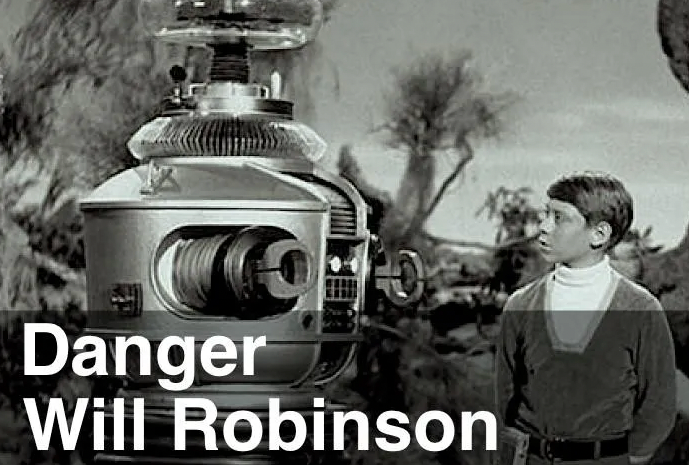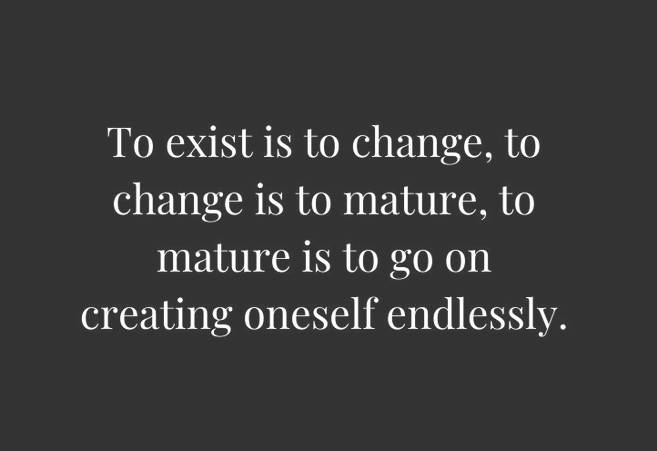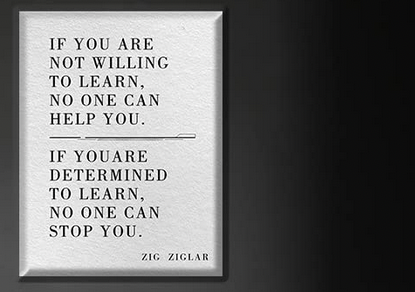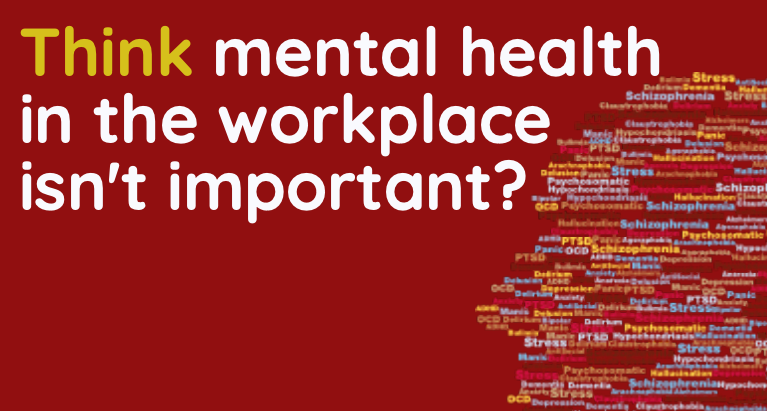The Robots Aren't Coming ... They're Here. They've Been Here for a While. There's Just More of Them.

Not going to lie - technologies like Chat GPT are amazing and terrifying at the same time. In one sense, it's a useful service that can help when applied usefully. On the other hand, it's an evolving technology that has the potential to disrupt. There was already transformative disruption, but the likes of AI technologies like ChatGPT are disrupting disruption. Disruptive technologies are not new, just more prevalent. Back in 2020, Jack Kelly of Forbes reported that 60 million jobs were already lost and displaced, with many more to come in this technology space. While there's a great deal of media attention around displacement since ChatGPT made its debut, we've been given warning signs of the changes on the horizon for years. A lot of people just chose not to be inclined to think automation and AI could potentially impact their careers.
Back in 2020, The World Economic Forum Future of Jobs Report cited seventy-five million domestic jobs being in jeopardy of being displaced through 2030 by technology, only to be updating the timeline where the Forum now cites that automation will supplant about 85 million jobs by 2025. Everyone's natural reaction is a heightened sense of anxiety as a result of panic and fear because people will naturally conclude that they are next. That's where we, as working professionals, were taught what to think in the face of change as organizations have a fiduciary obligation to their shareholders and owners, not their employees. Organizations have that right, but people should also realize they should hold a fiduciary obligation to themselves as well.
How? Well, I'm glad I asked!
One word: Perspective.
Change your perspective. You read above that 85 million jobs are at risk. Could you be one of those? Statistically speaking - yes. Statista reported that there are 132 million working professionals in the US. Statistically speaking, that's nearly 65% of working professionals in the US are at risk of being displaced. That is a 2/3 majority. To put it in perspective, when you're at work tomorrow, look to your colleague to your right and your left as these stats suggest you should say goodbye to your two colleagues as 2 of you won't be around this same role in 2 years. Scary right? Sure. Until you realize that the same report cites that 97 million new jobs are due to be available as a result of this technological disruption. Do the math and you'll see that organizations are going to need to find 12 million more skilled workers than what is available to pull from in the market, so you should realize the opportunity in front of you as a matter of perspective. According to an IBM survey, more than 120 million workers globally will need retraining in the next 3 years due to AI’s impact on the job market (Kelly, 2020).
Truth is, technological change is highlighting the effects on the masses by creating active choices that are both proactive and reactionary. Direct actions are required citing that new jobs will require completely different skill sets, nudging organizations to adapt to changing markets and people to adopt change within themselves.
People know technological change is quickly coming, but organizations and social outlets are doing a poor job of framing this as a fear versus framing it as an opportunity. The statistics show that 61% of workers reported that productivity is affected by their mental health issues and 37% identified that the environment they work in contributes to those symptoms. The poor job in framing technological change has deferred many from creating a commitment strategy toward these inevitable changes. It can be argued that fear of emerging technologies is a new stress that has not been acknowledged fully but is common in the workplace. There is a realized trepidation workers have towards the impact and adoption of technologies. The definition of behavior as a manner of conducting oneself is significant because behavior can be changed if so desired. Mental stress in the workplace has been recognized as a major behavioral health issue in the modern working environment. The wave of technology disruption, lack of re-skilling, and problems in up-skilling resources to fill future roles is a bi-directional problem stressing both management leaders and day-to-day workers.
This has resulted in a loss aversion, culture, and attrition crisis within organizations. When change is intrinsic, it is welcomed, and people have the drive to change. The problem is that this change is extrinsic as the market is forcing change, raising social concerns where anxiety is creating people’s fears to be ever-present. People feel that they are in control of their careers over time as they create and project a trajectory when they start in a role. When developing a wealth of knowledge and experience in one’s career is threatened, there’s a sense that one’s contributions are being undermined as the sunk cost considerations of developing those sets of skills become discouraging as most people are not inclined to change.
Perception is key here in taking back control. One of the most important elements in the occupational stress process is the perception of control. More organizations indirectly create dependencies on technology which cedes control to those technologies to effectively run operations and productivity. Technology can both be positive in the advent to work but equally negative in the stress of work that affect both career and culture. There must be a consensus of a singular cultural identity throughout the organization that is communicated, publicized, and practiced. Examining real transformational change in the workplace requires both qualitative and qualitative insights. Identifying how the management level views overall organization health provides is how the directional and fiscal guidance needed to accurately design tightly defined processes in hopes of yielding greater adoption results.
The reality is technological changes such as AI and robots aren't what's scaring people. It's the daunting domino effect of having to change, instead of looking at it as wanting to change. Robots aren't intrinsically relentless, they're just programmed to emulate what they are. Who are they emulating?
You guessed it - you!
Take your control back.
RECENT ARTICLES:







